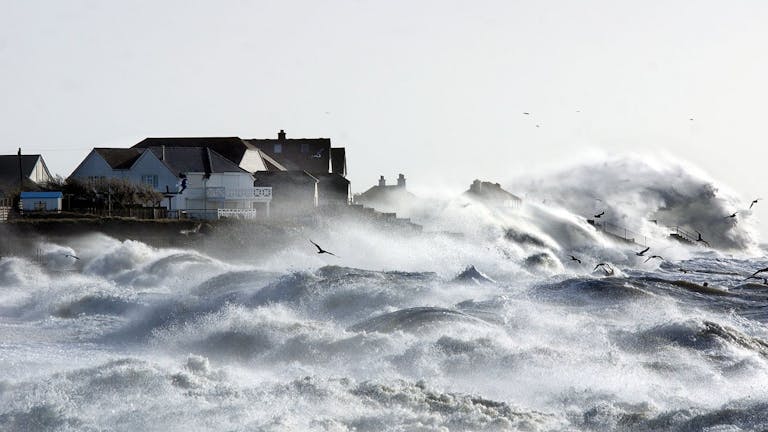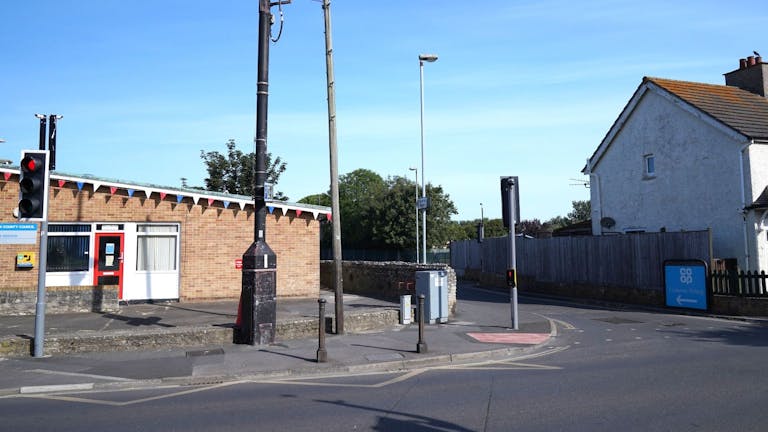Selsey's First World War Wrecks
The sea off Selsey hides many wrecks resting on it's seabed waiting to be explored. Over time these wrecks become home to a diverse eco-system. It is a must dive for those with an interest in history and sealife. Discover what First World War wrecks lie beneath the sea at Selsey, guided by a local Selsey diver and naval history researcher.

Background to the waters off Selsey
The route past Selsey Bill is traditionally the direct course for vessels travelling through Spithead (off Portsmouth) and bound for the Thames or verssels travelling up the English Channel round the back of the Isle of Wight bound for the continent or Portsmouth and vice-versa.
The sea directly off Selsey Bill can be perilous for any inexperienced and unwary seaman and thier vessel. Dangerous cross currents and regular strong winds alongside the Owers limestone reefs and the Mixon a steep cliff of clay caped in limestone form a major hazard. Combined, treacherous at the best of time, savage in a storm.
The strong currents have over time dragged many a wreck into Selsey's waters.
The seas off Selsey have become a graveyard to many wrecks over time.

SS Brigitta - “The Teapot”
SS Brigitta was a Victorian merchant ship built in 1894 for the Glover Brothers – Shakespeare Shipping Co Ltd, London. At the time of her launch she was named SS Tennyson.
In 1917 ownership was transferred to the Colonial Coal & Shipping Co when she was re-named the SS Brigitta.
In sea faring circles re-naming, a vessel is frowned upon as it is considered bad luck and so it was to prove.
On the 4th December 1917 the Brigitta whilst en-route to Dieppe struck a mine killing two of her crew and putting her on the bottom of the sea.
Prior to her being formally identified, a group of divers discovered a teapot amongst her wreckage and even to this day she often to referred to as “The Teapot.”


SS Kurland – “The Rifle Wreck”
SS Kurland was almost 30 years old by the time of her sinking and had passed through several European owners.
She was oringinally launched as the SS William Branfoot for the Well Line, Newcastle-Upon-Tyne in 1888.
Then in 1897 she became the property of Argo Dampschiffahrts Gesellschaft Richard Adler& Sohne, Bremen – changing her nationality and name to SS Kurland in the process.
During 1908 came another change of nationality as her ownership passed from Germany to the Belgian - Ocean Societe Anonyme Belge d’Armament & Navigation, Antwerp.
On the fateful day of 13th December 1917, on route for Calais from New York with a large cargo of war supplies, having already escaped an attack from a U boat. SS Kurland was rammed by the British SS Deventia and sank within minutes.
SS Kurland is known as 'The Rifle Wreck' as she was carrying rifles to the front line in France.
https://forgottenwrecks.maritimearchaeologytrust.org/uploads/images/Articles/Site%20Reports/FWFWW_Site%20report_Kurland.pdf

HMT Sapper
HMT Sapper was built to the Royal Navy’s design for a Military Class armed trawler.
Launched on 1st February 1915 and armed with a single 12 pounder gun. HMT Sapper patrolled the waters of the English Channel, her main function was in an Anti- Submarine Warfare role escorting cross Channel convoys.
On Christmas Eve 1917, HMT Sapper struck a mine laid by UC 71 and was lost with all hands.


SS Gascony
SS Gascony was launched in 1908, owned and operated by David MacIver & Sons of Liverpool.
Like many other merchant ships at the time, she was fully armed for her cargo carrying duties but to no avail.
Late on the evening of the 18th January 1918, whilst making for Calais she wandered into the cross hairs of U boat UC 75 and her fate was sealed.
A hiss and then the torpedo slammed into the port side of the vessel creating a huge wall of water. Fearing the worst, the Captain and crew took to the lifeboats.
By the morning, despite being well down at the bow she was still afloat. At 08:00 hours the following day the Captain and 4 volunteers went back aboard her to attach towing lines. It looked like the Gascony would survive to sail again and she was dragged slowly toward shore.
Suddenly 14 ½ hours after being torpedoed, at 13:45on the 19th January, she broke in two, sinking like a stone.

SS War Helmet
The War Helmet was a mass produced British designed Standard Steamer - a fore runner of the more famous WW II Liberty ships.
The contracts to build these steamers were handed out to shipyards all around the world – this vessel was built by the Asano Shipbuilding Co, Yokohama, Japan. She was owned and operated by The Shipping Controller, London, a British Government department.
Like her sister ships she was armed to deter attacks from German raiders.
On 19th April 1918, her holds empty, she was sighted by a UC75 as she made her way to Barry, Wales, to collect coal.
This time though it is not Oberleutnant zur See Johannes Lohs, the highly decorated German U-boat commander in the Kaiserliche Marine during World War I. peering through the periscope. Instead it was the equally aggressive Captain Oberleutnant zur See Walter Schmitz.
A torpedo was fired, and the familiar story played out.
Thankfully on this occasion there is no loss of life or cargo.


SS Shirala
SS Shirala as a cargo liner built in 1901, owned by the British India Steam Navigation Co Ltd, London.
On the 29 June 1918 she departed London for Bombay. On board was just over 300 souls (213 passengers plus crew). 5,000 tons of cargo, made up of small luxuries for the ex-pat community (wines, marmalade, post), various war supplies (armoured cars, spares, munitions, binoculars) and a high value cargo of ivory tusks, a large consignment of freshly minted Rupee bank notes and a shipment of diamonds.
SS Shirala's cargo was so valuable, that the Shirala is listed in Pickford’s “Lost Treasure Ships of the Twentieth Century.”
On the 2nd July 1918 she reached English Channel to find an UB57 and Oberleutnant zur See Johannes Lohs lying in wait.
Just after 17:00, a single torpedo slammed into her port side. Water rushed into the engine room onto the hot boilers which caused a secondary explosion. In total 8 crewmen lost thier lives.
SS Shirala sank; her back broken.